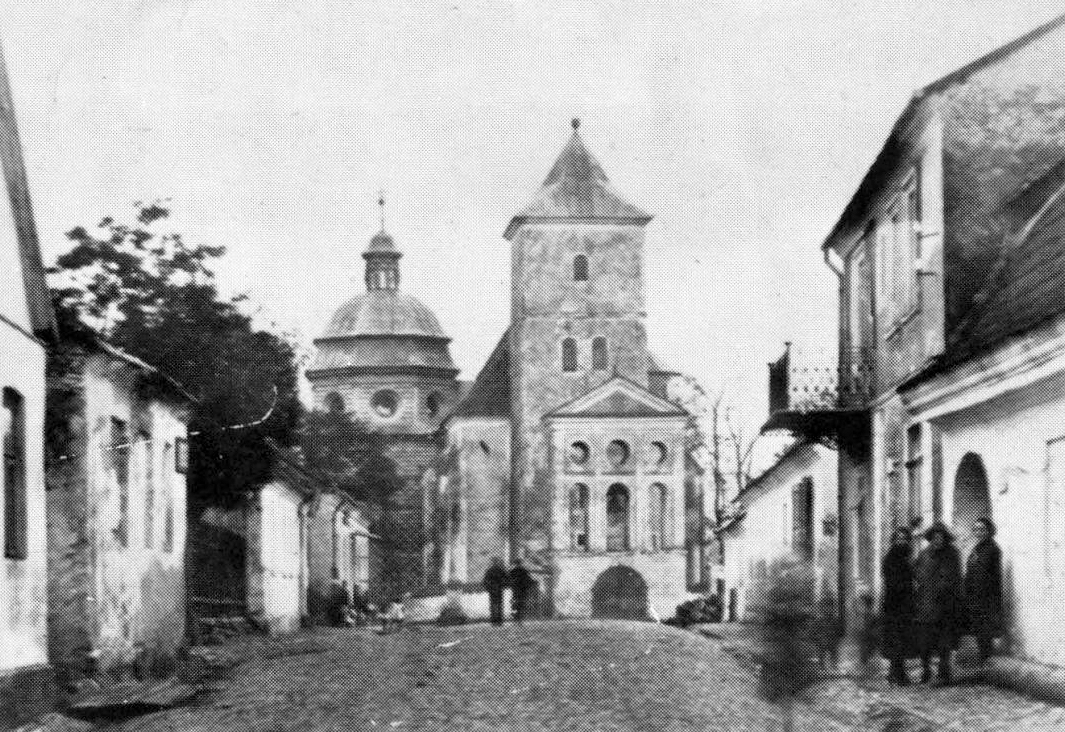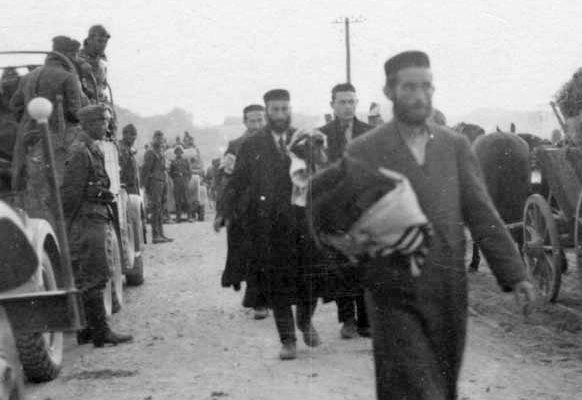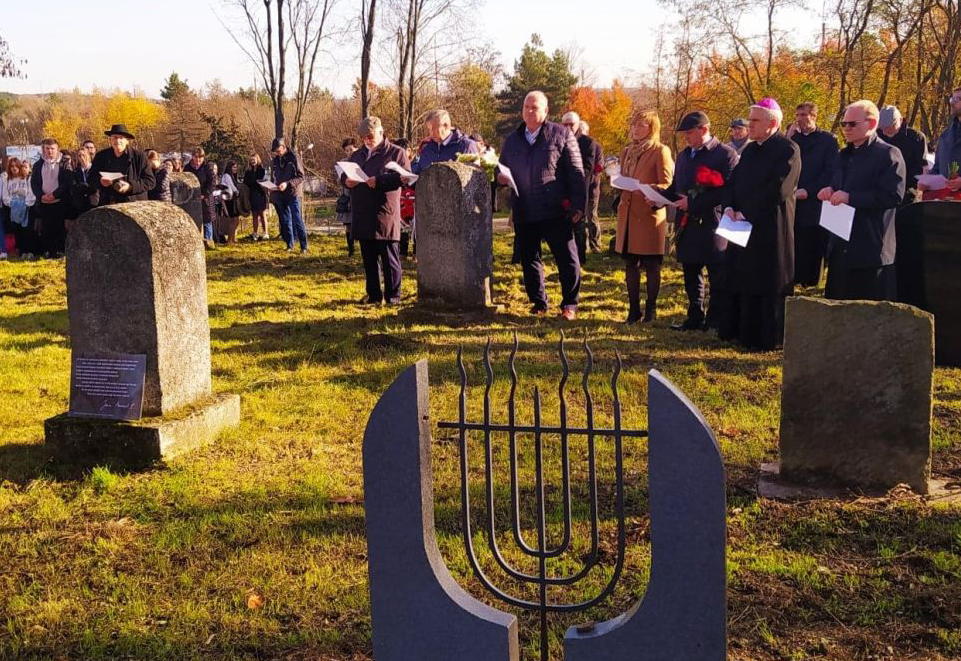The town of Staszów is situated in Central Poland. Evidence of Jewish settlement in the town dates back to the 16th century, and the Jews organized themselves into a community from the very beginning. Before the Holocaust, half of its residents were Jews, who lived in a vibrant and diverse community that organized a wide range of cultural, educational, religious and charitable activities and was fully integrated in town life.
The Agudat Yisrael party, an Orthodox political organization that sought to confront the challenges to religious society engendered by modernization, was active in the community, as was the Bund, the Jewish workers' party that promoted the rejuvenation of Jewish life on the basis of general, humane principles and was anti-religious in outlook.
Furthermore, many of the youngsters in the community participated in the varied social activities organized by the different Zionist movements.
The Holocaust brought Jewish life in Staszów to a violent standstill. After the war, a few community members who had survived returned to Staszów. Those who came back discovered that their possessions had been looted and their homes seized. In time, all the Jews left the town. Many of them took part in commemorating the community and in raising funds to assist the She'erit Hapleita (surviving remnant). To this day, memorial ceremonies are held in Staszów, as well as events arranged to commemorate Staszów Jewry and to preserve its heritage.
This online exhibition offers a glimpse into the history of the Staszów Jewish community before, during and after World War II. The story of the community is accompanied by photographs from Yad Vashem's collections, and testimonies of survivors from Staszów, whose stories are integral to the town's narrative. This exhibition seeks to commemorate a flourishing Jewish community that no longer exists.



